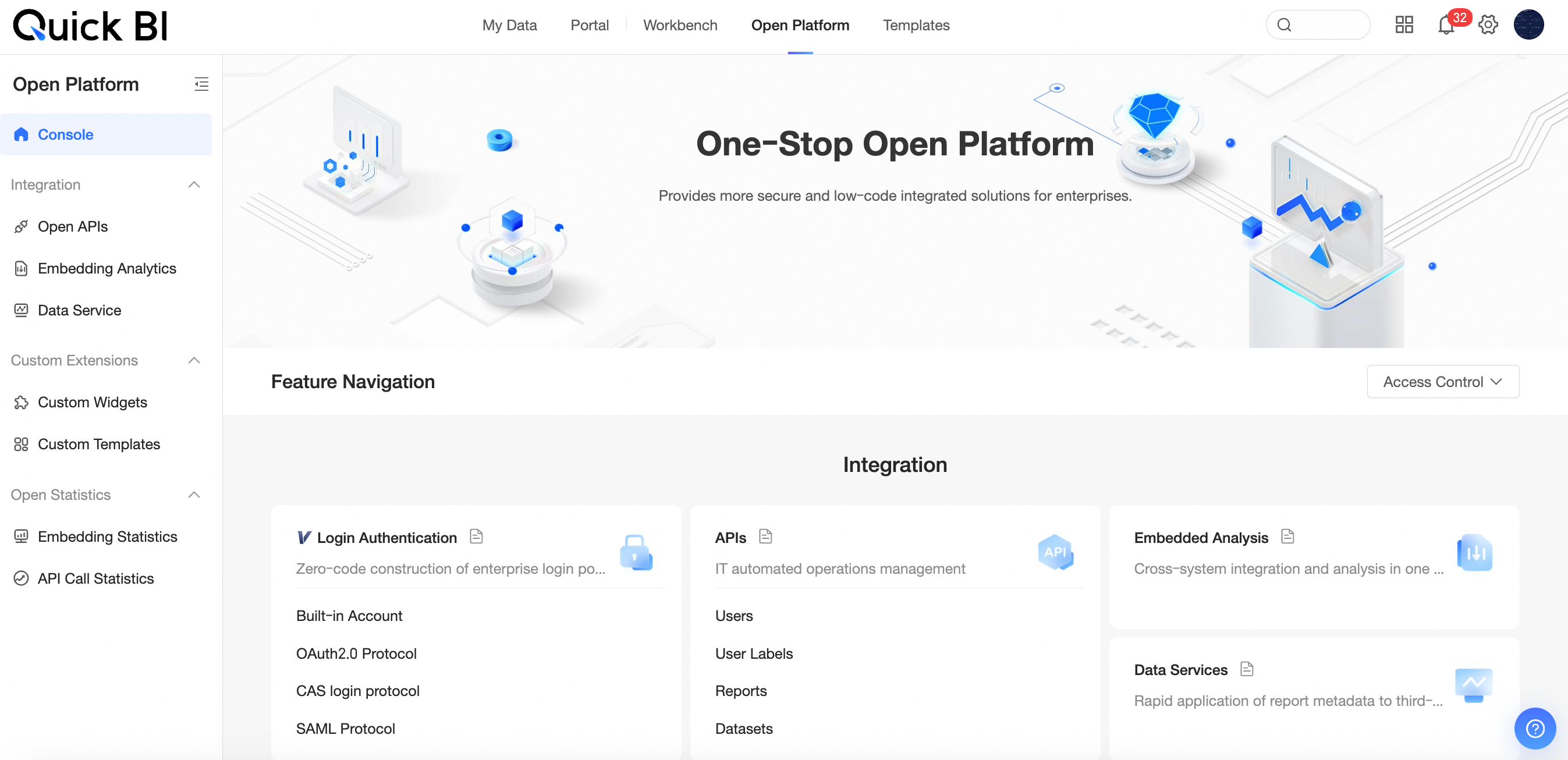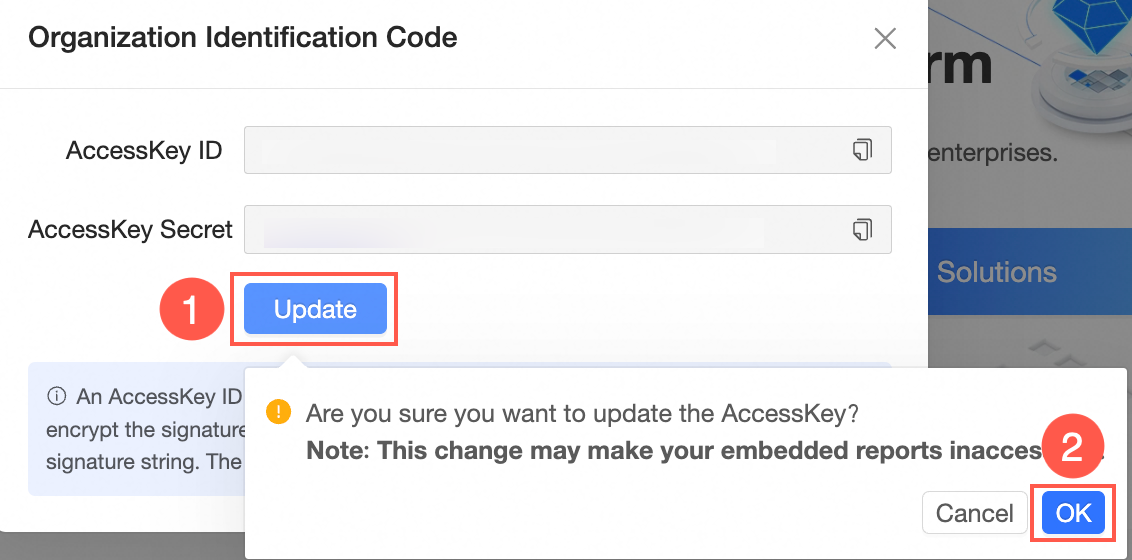The open platform offers Quick BI reports and data for third-party integration, simplifying data interaction for a broader audience.
Starting from January 4, 2024, Chrome and Edge will phase out third-party cookies to tackle cross-domain user privacy tracking. For more information, see the referenced document.
In response to this change, Quick BI has updated its cookie policy to ensure continued functionality for product embedding scenarios. Post-upgrade, you can still log on and embed Quick BI pages within your system. However, due to browser restrictions, logon status cannot be synchronized across different primary domains. For instance, separate logons are required for a.com and b.com if both embed Quick BI pages. To mitigate this, the recommended approach is to either modify to the same domain name or opt for an embedding solution that does not require logon.
Additional notes:
1. The no-logon embedding method remains unaffected by this upgrade.
2. Should you face issues logging on when embedding external system pages in Quick BI, please make the necessary changes as per Chrome's requirements.
Business scenarios

Capability introduction
The open platform supports the following capabilities:
Feature item | Description | |
Open integration | OpenAPI | It can accept system events for processing and execute resource management tasks. |
Embedded analysis | Embed analysis results into business systems in the form of pages or cards for interactive analysis. For more information, see the referenced document. | |
Data service | It can connect to customer data sources to provide data query and analysis services. For more information, see Create an API Interface. | |
Custom extension | Custom widget | In addition to the built-in chart widgets, you can also develop your own custom widgets or create new charts or controls based on the widget SDK. For more information, see Custom widget. |
Custom template | You can create custom templates based on existing dashboards, data dashboards, workbooks, and data reporting. For more information, see Custom template. | |
Open statistics | Report embedding statistics | It supports statistical queries on report embedding, including report embedding overview and report embedding access statistics. For more information, see Report embedding statistics. |
API call statistics | The API call statistics feature can provide detailed information about API calls, including OpenAPI and data service APIs. For more information, see API call statistics. | |
Resource access management
Organization access token
The organization access token is the AccessKey, which includes the Access Key ID and AccessKey Secret. The Access Key ID identifies the user, while the AccessKey Secret encrypts the signature string and verifies it on the server side. It is imperative to keep the AccessKey Secret strictly confidential.
For embedding reports, the organization access token is essential. For more information, see the basic solution for report embedding and Security Enhancement Solution for Embedded Data Permission Control and Parameter Transmission in Reports.
You can retrieve the organization access token as illustrated below.

Click the
 icon to copy the access token.
icon to copy the access token.To update the AccessKey, click the Update button and confirm in the prompt box by clicking OK.
 Important
ImportantBe aware that updating the AccessKey will render embedded reports inaccessible. Proceed with caution.
Authorize specified users to call API
For data security, to allow a dedicated Quick BI organization account to call OpenAPI without granting organization administrator permissions, you can authorize specific users to call the API. Navigate through Open Platform (①) -> Resource Access Management (②) -> Authorize specified users to call API (③) -> Enable API call permission (④) -> Select specified users (⑤).
This setting grants all API call permissions to users who are not organization administrators. Enable this feature with caution.
